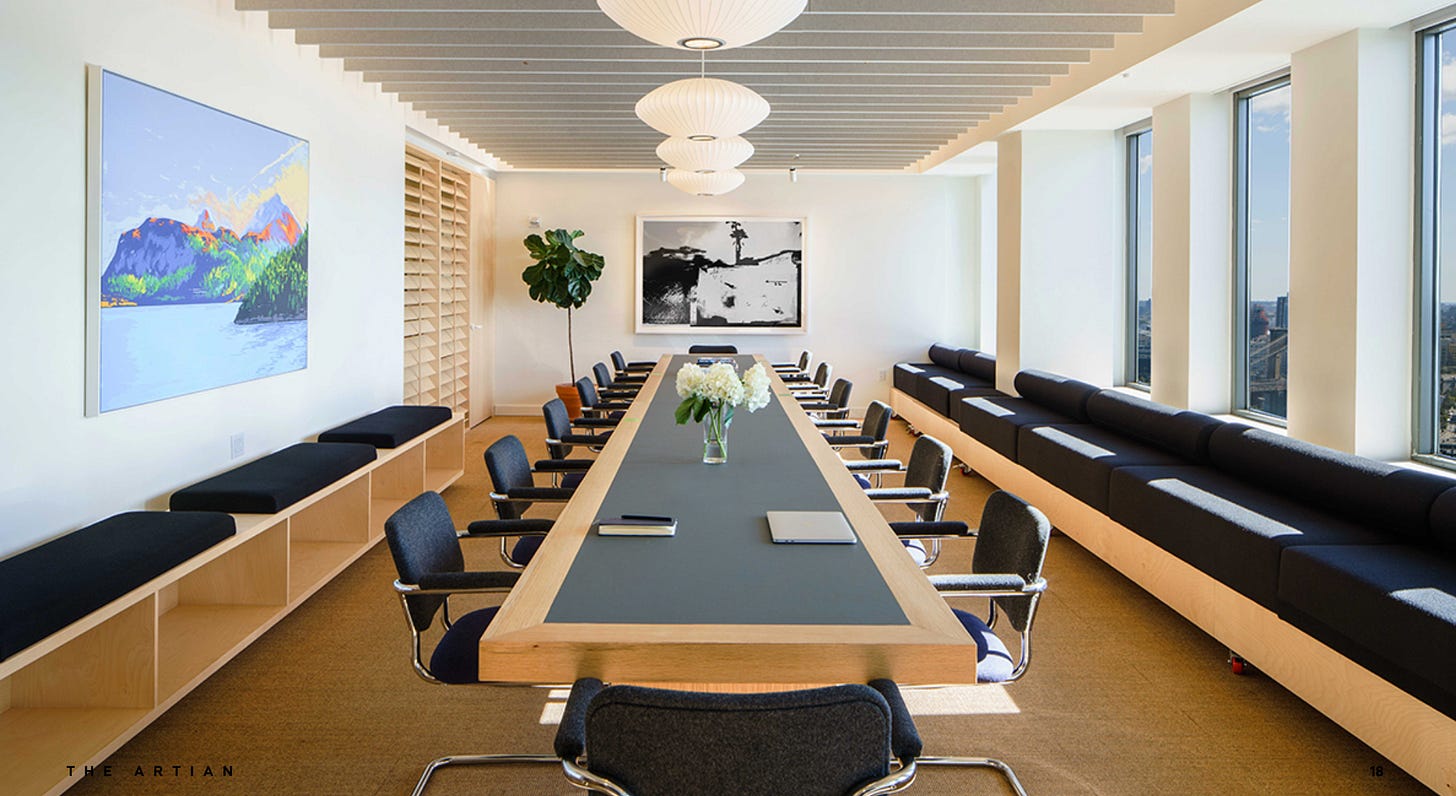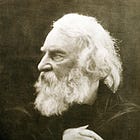What if I told you that the table in your meeting room might be killing your organization’s most creative ideas?
You might think I’m exaggerating. After all, ideas usually die because of culture, leadership style, management issues, or politics. But a table? Yet, that’s exactly what happened at Pixar Animation Studios.
This is the third piece in my ongoing exploration of ideation in business. In part one, I challenged the idea that “ideas are worthless and execution is everything.” In part two, I focused on the kind of leadership required to build a true meritocracy of ideas. In this piece, I want to bring the theory to life—by exploring real-world practices from companies like Pixar, Apple, and Dyson that actively protect possibilities and design for innovation.
The Power of Physical Space: Pixar's Table
At Pixar, creativity and innovation aren't just valued—they're essential to the company's existence. Yet even in this creativity-driven organization, leadership inadvertently created barriers to innovation through something as simple as furniture arrangement.
For years, Pixar held its critical creative meetings around a long, rectangular table. I visited Pixar’s campus in the summer of 2024, and while the meeting room itself was closed, I could see it clearly from the central atrium. It’s on the first floor, just above the main entry level where I stood (Based on Catmull’s descriptions in his book Creativity Inc., I found and included an illustrative image that approximates what the room may have looked like). Even from that limited vantage point, it was easy to imagine how the room’s layout could shape the flow of conversation—and subtly reinforce hierarchy.
The layout created an inevitable hierarchy: executives and directors sat comfortably at the center, while others found themselves relegated to the far edges or against walls. From these peripheral positions, contributors struggled to make eye contact, enter conversations naturally, or feel their input was truly welcome.
Ed Catmull, Pixar’s thoughtful co-founder and former president, didn’t initially recognize the problem. Sitting at the table’s center, he had an ideal vantage point for interaction. It wasn’t until a chance meeting in a smaller room with a square table that the leadership team experienced a revelation. In this more democratic arrangement, communication flowed freely, participation expanded, and ideas emerged from unexpected sources.
The solution was both simple and profound: Pixar replaced the long, rectangular table with a square one. But old habits persisted. Staff continued placing name cards at specific positions, subtly reinforcing hierarchy. Only after deliberately eliminating these position markers did the full benefit of the new arrangement materialize.
Now that everyone could sit wherever they pleased, the dynamic has changed.
As Catmull later reflected:
"When it comes to creative inspiration, job titles and hierarchy are meaningless. That's what I believe. But unwittingly, we were allowing this table—and the resulting place card ritual—to send a different message."
Structured Space for Unstructured Thinking: Apple's "One More Thing"
“One more thing” became famous as Steve Jobs’ dramatic finale at Apple product launches, first introduced in 1998. What’s less known is how this idea quietly evolved into an internal cultural practice—one that gives employees space to explore ideas beyond the brief.
Inside Apple, some teams adopted what became known informally as a “bonus” section at the end of presentations. While not mandatory, it became a common and beloved part of the workflow. After the core content of a project was presented, designers and team members could add a few slides exploring stretch goals, unexpected discoveries, or new ways to push the work further.
As one Apple designer put it, this “bonus culture” encouraged teams to “think bigger and look at other opportunities that are not being considered.” It wasn’t about building everything right away—it was about surfacing possibility.
This approach brilliantly balances structure and freedom. By carving out a dedicated, low-pressure space for speculative thinking, Apple gave visibility to incomplete, ambitious, or unconventional ideas—without the immediate pressure of feasibility. In doing so, it normalized expansive thinking and created a safe container for early-stage creativity to be seen, shared, and—sometimes—acted on.
*Someone actually compiled many of Jobs’ “one more thing” moments 😅
Celebrating the "Silly" and the "Obtuse": Dyson's Innovation Culture
With a background in art, design, and engineering, James Dyson—the founder of Dyson Ltd.—has built a culture that deliberately protects ideas others might dismiss as impractical or even silly.
Dyson explicitly encourages his teams to pursue ideas that might initially appear "silly" or "obtuse." As he explains:
"Just allow [young engineers] to make mistakes. When they have an idea, you just say, 'Well, go and make it, go and try it. It won't work, but go and try it.' It will work eventually—but don't be disappointed if it doesn't work the first time. Find out what went wrong, and then work out ways to overcome it."
What's particularly striking about Dyson's approach is his active discouragement of the conventional:
"The worst suggestions are the correct ones, the obvious suggestions—they're just irritating. What we want is people to suggest very obtuse and different ways of doing things."
This philosophy has led to Dyson's remarkable track record of innovation, from its revolutionary vacuum technology to unexpected expansions into hand dryers, air purifiers, and hair care. By deliberately creating space for the counterintuitive and protecting early-stage ideas from premature judgment, Dyson has built an organization where true innovation thrives.
Protecting Possibilities: Creating Your Innovation Infrastructure
These stories make one thing clear: innovation doesn’t come from processes alone—it starts with ideas. Protecting those early sparks, especially the unconventional ones, is the first and most overlooked step in building a truly creative culture.
As
one reader of my weekly newsletter on business creativity beautifully phrased it, it’s the practice of "protecting possibilities." This framing shifts our understanding of leadership's role in innovation—from merely encouraging ideas to actively creating the conditions where creative thinking can flourish.So, what does this mean for your organization? You’ve seen how Pixar reshaped its space, how Apple carved out time for bold thinking, and how Dyson embraced the unconventional. Now it’s your turn.
If you’re serious about protecting ideas, here are a few ways to make it real:
Audit Your Physical Spaces: Examine your meeting rooms, collaborative areas, and workspace layouts with fresh eyes. Who gets positioned where? What subtle messages does your arrangement send about whose voice matters? Consider whether your physical environment is inadvertently creating hierarchies that silence potential contributors.
Create Dedicated Idea Spaces: Whether through Apple's "bonus" approach or another ritual, establish protected moments specifically designated for sharing speculative, ambitious, or incomplete ideas without immediate judgment. These spaces acknowledge that innovation requires breathing room before practicality takes center stage.
Normalize "Obtuse" Thinking: Take a page from Dyson's playbook by explicitly valuing unconventional approaches. When team members propose unexpected solutions, resist the urge to immediately highlight problems. Instead, create a culture where the initial response is curiosity rather than criticism.
Watch for Subtle Signals: Be vigilant about the small ways your organization might be signaling whose ideas matter. From seating arrangements to speaking order in meetings, from who gets interrupted to whose suggestions receive follow-up, these subtle patterns can profoundly impact innovation.
The lesson from these industry leaders is clear: fostering true creativity isn't accidental—it requires intentional design of both physical spaces and organizational practices. By identifying and removing the invisible barriers to innovation in your own organization, you create an environment where the best ideas can emerge and thrive.
Because sometimes, protecting possibilities starts with something as simple as changing a table—or giving space for one more thing.
Final Thoughts
As I’ve mentioned before, while this is a weekly newsletter, I sometimes take time during the week to share thoughts or things that resonate deeply. Recently, I came across a beautiful poem about what it means to be a builder. If you’re someone building—your own practice, your character, your craft, or even a new way of working—I think you’ll find it inspiring.
If you enjoy Business Artistry and think a friend or colleague would benefit from it, please share it with them. Just click on the button.
I’d love to hear from you—whether it’s your thoughts, suggestions, critiques, or even cool stories and ideas. Feel free to drop me a note at nir [at] theartian.com, leave a comment, or send me a message.
Thanks
Nir
Just a heads-up: Some links might be Amazon affiliate links.






Thanks for the mention!
I was just riffing on your ideas on that previous post. And I like how you put it in context.
I've found that allowing that space for possibilities to show up and develop is super important for most people. (One of the reasons I put "possible-ogist" in my Twitter bio 😆)